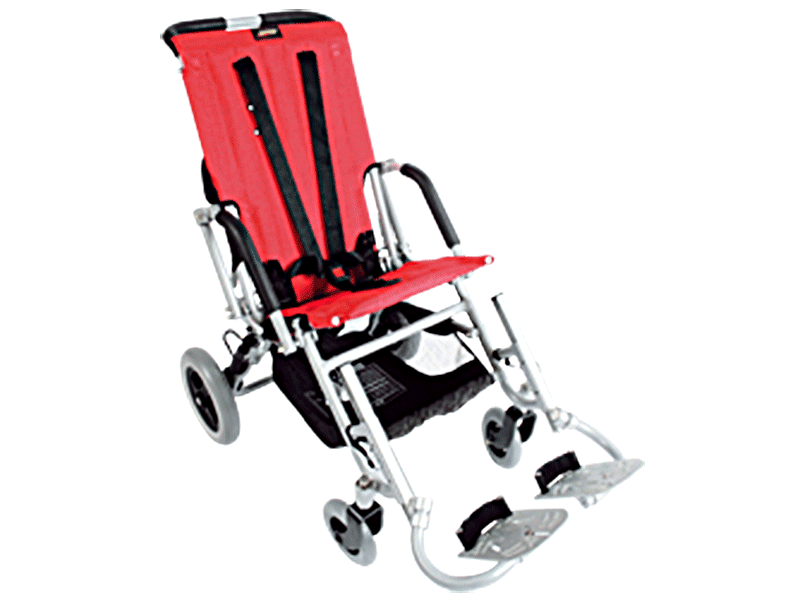Introduction
Choosing the right power wheelchair is a significant decision for individuals with mobility impairments. It’s essential to consider various factors to ensure that the chosen wheelchair meets the user’s specific needs and enhances their quality of life.
Mobility Requirement
Before selecting a power wheelchair, assess the user’s mobility requirements. Consider whether the wheelchair will primarily be used indoors, outdoors, or both. Additionally, determine the terrain the wheelchair will navigate, such as smooth surfaces, rough terrain, or slopes.
Seating and Positioning
The seating and positioning features of a power wheelchair are crucial for comfort and support. Consider factors such as seat width, depth, and height, as well as backrest and cushion options. Customizable seating options can accommodate individual postural needs and enhance overall comfort.
Maneuverability and Size
The size and maneuverability of the power wheelchair are essential considerations, particularly for navigating tight spaces and doorways. Choose a wheelchair with appropriate dimensions to ensure smooth maneuvering indoors and outdoors without compromising stability. Discover effortless mobility with the Lightning Stroller power wheelchair.
Control Options
Power wheelchairs offer various control options, including joystick, switches, or alternative drive controls. Consider the user’s abilities and preferences when selecting the control system. Additionally, explore features such as programmable driving profiles and tilt-in-space functions for added convenience and functionality.
Battery Life and Charging
Battery life and charging capabilities are critical factors to consider, especially for individuals who rely on their power wheelchairs for extended periods. Evaluate the battery range per charge and the charging time to ensure sufficient power for daily activities and outings.
Transportability
For individuals who travel frequently, the portability and transportability of the power wheelchair are essential considerations. Look for lightweight and foldable models that are easy to disassemble and transport in vehicles, airplanes, or public transportation.
Comfort and Adjustability
Prioritize comfort and adjustability to accommodate the user’s unique needs and preferences. Features such as adjustable armrests, footrests, and seating positions allow for optimal comfort and support, promoting extended periods of use without discomfort.
Conclusion
Choosing the right power wheelchair involves careful consideration of various factors, including mobility requirements, seating and positioning, maneuverability, control options, battery life, transportability, and comfort. By assessing these factors thoughtfully, individuals can select a power wheelchair that meets their specific needs, enhances their mobility, and improves their overall quality of life.
FAQs
- What factors should I consider when choosing a power wheelchair?
- Consider factors such as mobility requirements, seating and positioning, maneuverability, control options, battery life, transportability, and comfort.
- How do I determine the appropriate size of a power wheelchair?
- Measure doorways, hallways, and other spaces where the wheelchair will be used to ensure proper maneuverability. Consider the user’s size and weight to choose a wheelchair with suitable dimensions.
- What types of control options are available for power wheelchairs?
- Power wheelchairs offer various control options, including joystick, switches, or alternative drive controls. Consider the user’s abilities and preferences when selecting the control system.
- What should I look for in terms of battery life and charging capabilities?
- Evaluate the battery range per charge and the charging time to ensure sufficient power for daily activities. Consider the user’s lifestyle and usage patterns to choose a wheelchair with appropriate battery capacity.
- Can power wheelchairs be customized for individual needs?
- Yes, power wheelchairs can be customized with features such as adjustable seating, footrests, armrests, and backrests to accommodate individual postural needs and preferences.


